Participants in the July Bendigo fire briefing were told of a new approach to fire management, called the Bushfire risk landscapes approach. As we reported at the time, big claims were made for the new approach to fuel reduction, and it was even suggested that this approach might replace the present ‘five per cent’ policy currently laying waste to large areas of the state. Unfortunately no actual specific information on the new approach was delivered at that meeting, and we were told not to ‘hold our breath’ waiting for a significant change in fire policy.
FOBIF has now received the first two information sheets of the Barwon Otways Bushfire Risk Landscape: outcomes of the Otways Pilot of risk based strategic bushfire management planning. You can read them here: BOBRL Info Sheet 1 – Pilot Project Outomes and here: BOBRL Info Sheet 2 – Intro + HYS.
FOBIF is unwilling to be negative about such projects, and the idea of applying fuel reduction programs in areas where it matters, rather than mindlessly torching the public land estate, seems a good one.
Unfortunately the information sheets don’t actually provide much specific information about practicalities. We suspect that it was to projects like this that the Royal Commission Implementation Monitor was referring when he said that the material he was reviewing ‘did not contain actual data.’
We invite members to have a look, and give us their opinion.
Two things are of interest in the first information sheet, however.
The first is that the risk landscape approach ‘informed the review’ of the Code of Practice in 2012. Given that this updated Code significantly weakened the ecological care requirements for zones 2 and 3, this isn’t necessarily a good recommendation.
Secondly, the risk approach has resulted in the development of a draft fire management plan for the Otway region. Since this draft plan is not a public document, we’ll have to wait and see how the approach might work in practice.

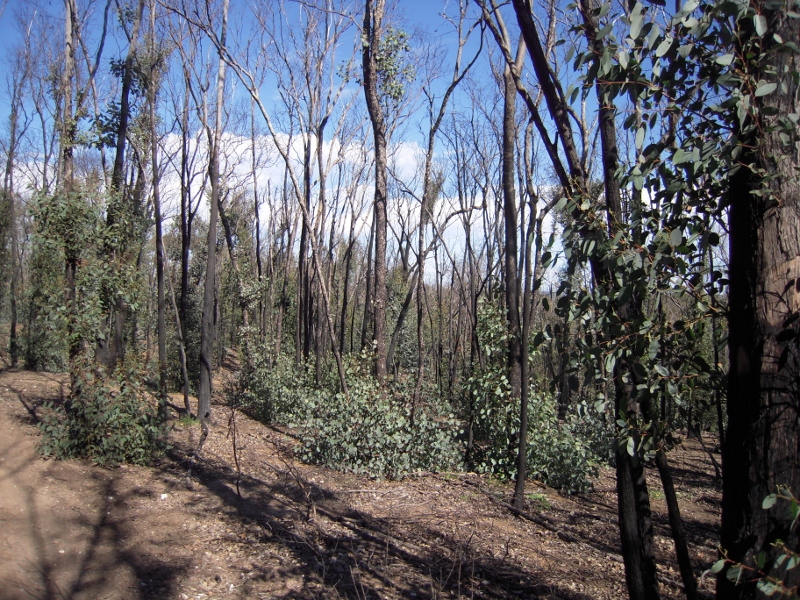
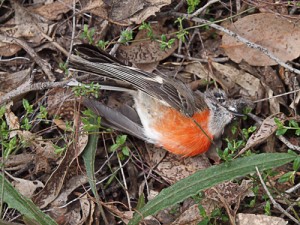
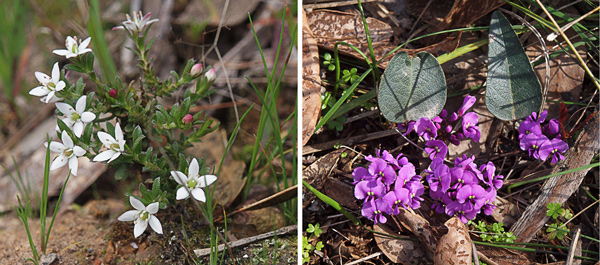
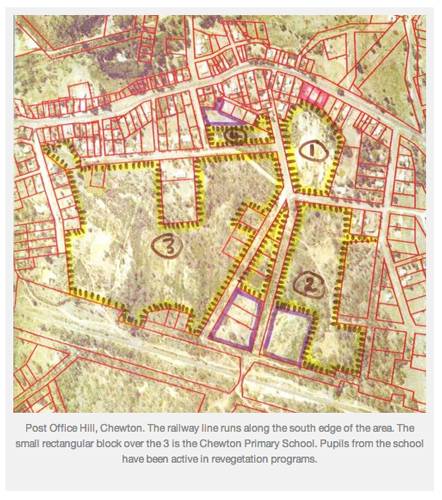
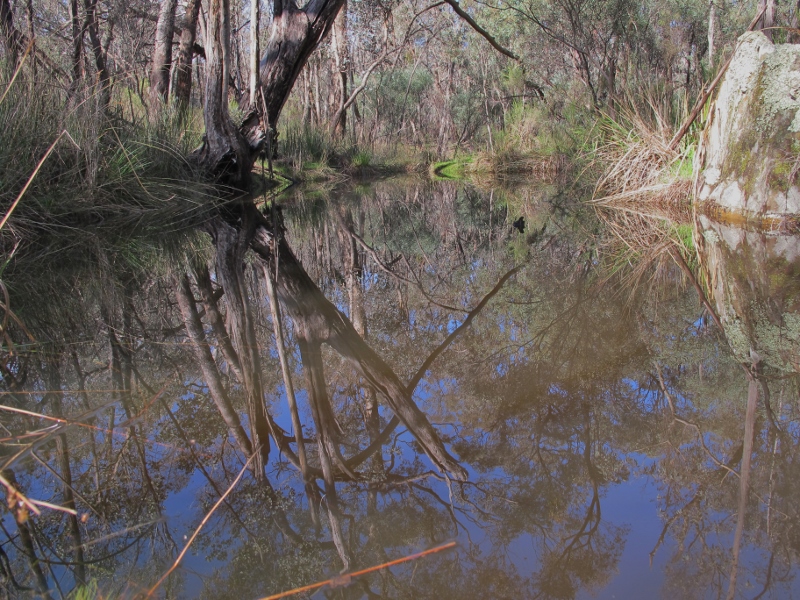
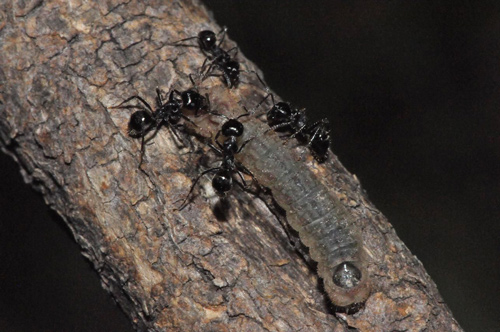




 Click on image for info/order page
Click on image for info/order page Click on image for info/order page
Click on image for info/order page Click on image for info/order page
Click on image for info/order page





















